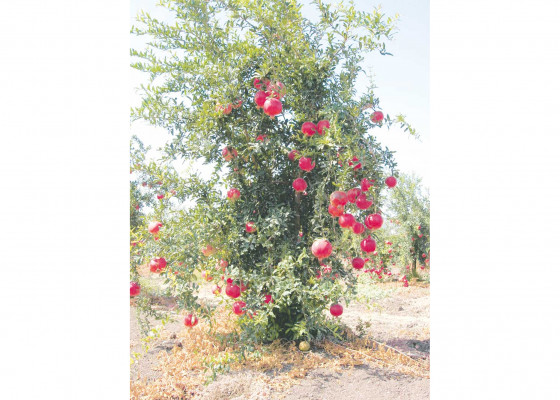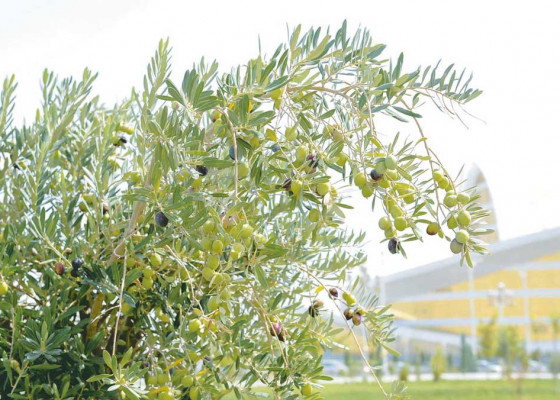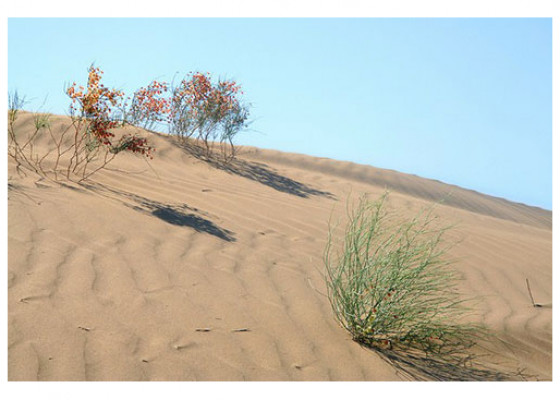Pomegranate tree in horticulture and wildlife
In the Middle Ages, travellers who set on a journey along long caravan routes across the desert took with them dates as food and quenched their thirst with pomegranate fruits, the properties of which were described by the chroniclers of Ancient Greece long before Ancient Rome was founded. Pomegranate is one of the oldest edible fruit known to the world, the tree is mentioned in sacred scriptures and considered a symbol of beauty and fertility, and its various parts were used for tanning leather and dyeing wool yarn and silk fabric. Today, in addition to horticulture, this species serves as an effective plant material for reforestation of flooded lands, consolidation of mountain slopes and river banks, and it is an excellent decorative element for any garden thanks to its attractive flowers and fruits. Currently, pomegranates in horticulture are found almost throughout the country, it is difficult to find a garden without this tree. In Turkmenistan, pomegranate farming is closely linked to the nature and culture of the inhabitants of the foothills of the Kopetdag Mountains, the hilly and mountainous territories of the Ahal oasis and the hilly subtropics of the Balkan velayat, where wild thickets of this plant have been preserved. Wild nar (pomegranate) can be found along the banks of the Sumbar River and the Chendyr River and in the valleys of the gorges Yoldere and Aydere and i




















